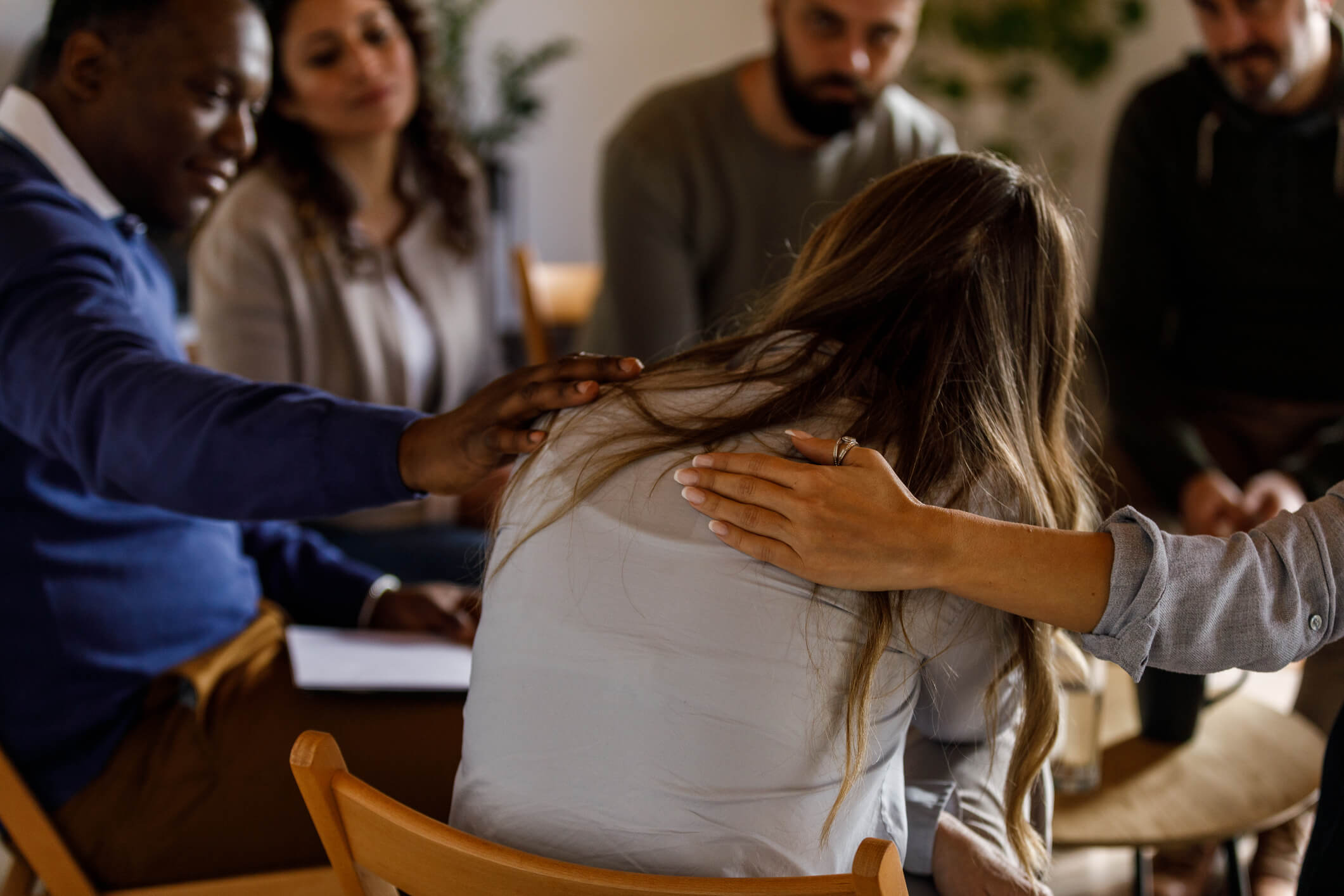If you are in distress, you can call or text 988 at any time. If it is an emergency, call 9-1-1 or go to your local emergency department.
- Public Resources, Tip Sheets
Protecting your mental wellness on social media
The next time you finish scrolling, take a moment to think about how you’re feeling. While it’s easy to miss small changes when you quickly move on to something else, even short periods of lowered mood, self-doubt, or anxiety add up over time. After checking in a few times, you may notice that even “harmless” content noticeably affects the way you feel — especially when your consumption level is high and repetitive. For the brain, seeing is believing. For example, even if you know intellectually that a photo has been heavily retouched, it’s difficult for your brain to make that distinction. And since humans respond strongly to visual stimulants, most of us are compelled to continue scrolling even when those images make us feel insecure or not good enough. While it’s natural to compare your own experiences with online content, remember that you’re looking at a curated version of reality. Even without filters or Facetune, individual users (and organizations) carefully select what they want the world to see. To protect your mental well-being, treat social media like a movie: through the lens of entertainment rather than reality. If logging in to your social media accounts feels more like a habit than a conscious choice, try removing the temptation. Leave your phone out of sight or beyond reach while doing other activities or else keep it out of your bedroom at night. When your phone is accessible, set some additional boundaries around consumption, whether that means logging in only between certain hours or for a set amount of time. While you can’t control everything you see on social media, you can be highly selective about who and what you subscribe to. The simple rule: Don’t follow anyone or anything that doesn’t serve you. If posts from an account leave you feeling less-than, unfollow or block them. You can also take charge of the algorithms that give you more of what you use most often by focusing on feel-good content. Although the dreaded FOMO (fear of missing out) might make social media feel essential, for most of us it’s not. Don’t feel compelled to stay on any platform that isn’t serving you. Try taking a week off — you can even delete apps without losing any personal content — and see how you feel. When (or if) you return, consider starting from scratch. You can unfollow everything and everyone, then start over with more selective content. Also, the fewer accounts you’re subscribed to, the less time it will take to get “caught up.” If you decide you’d rather leave one or more platforms for longer, that’s OK too! A temporary FOMO is a small price to pay for improved mental wellness.Take stock of how your feeds make you feel
Understand what’s happening in your brain
We’re also reeled in by the hit of dopamine, the feel-good hormone that kicks in when we’re using a medium that offers us easy wins. Likes, hearts, shares, and comments give us bite-sized endorphin rushes, without requiring much in the way of effort. Understanding these and other neurological processes at play are an important part of safe social media consumption.Try not to compare
Put some usage boundaries in place
Get strict about curation
Start over (or step away entirely)
- Public Resources, Tip Sheets
Protecting your mental wellness on social media
Protecting your mental wellness on social media
The next time you finish scrolling, take a moment to think about how you’re feeling. While it’s easy to miss small changes when you quickly move on to something else, even short periods of lowered mood, self-doubt, or anxiety add up over time. After checking in a few times, you may notice that even “harmless” content noticeably affects the way you feel — especially when your consumption level is high and repetitive. For the brain, seeing is believing. For example, even if you know intellectually that a photo has been heavily retouched, it’s difficult for your brain to make that distinction. And since humans respond strongly to visual stimulants, most of us are compelled to continue scrolling even when those images make us feel insecure or not good enough. While it’s natural to compare your own experiences with online content, remember that you’re looking at a curated version of reality. Even without filters or Facetune, individual users (and organizations) carefully select what they want the world to see. To protect your mental well-being, treat social media like a movie: through the lens of entertainment rather than reality. If logging in to your social media accounts feels more like a habit than a conscious choice, try removing the temptation. Leave your phone out of sight or beyond reach while doing other activities or else keep it out of your bedroom at night. When your phone is accessible, set some additional boundaries around consumption, whether that means logging in only between certain hours or for a set amount of time. While you can’t control everything you see on social media, you can be highly selective about who and what you subscribe to. The simple rule: Don’t follow anyone or anything that doesn’t serve you. If posts from an account leave you feeling less-than, unfollow or block them. You can also take charge of the algorithms that give you more of what you use most often by focusing on feel-good content. Although the dreaded FOMO (fear of missing out) might make social media feel essential, for most of us it’s not. Don’t feel compelled to stay on any platform that isn’t serving you. Try taking a week off — you can even delete apps without losing any personal content — and see how you feel. When (or if) you return, consider starting from scratch. You can unfollow everything and everyone, then start over with more selective content. Also, the fewer accounts you’re subscribed to, the less time it will take to get “caught up.” If you decide you’d rather leave one or more platforms for longer, that’s OK too! A temporary FOMO is a small price to pay for improved mental wellness.
Take stock of how your feeds make you feel
Understand what’s happening in your brain
We’re also reeled in by the hit of dopamine, the feel-good hormone that kicks in when we’re using a medium that offers us easy wins. Likes, hearts, shares, and comments give us bite-sized endorphin rushes, without requiring much in the way of effort. Understanding these and other neurological processes at play are an important part of safe social media consumption.Try not to compare
Put some usage boundaries in place
Get strict about curation
Start over (or step away entirely)
SHARE THIS PAGE
RELATED

Review our Assessment Framework for Mental Health Apps — a national framework containing key standards for safe, quality, and effective mental health apps in Canada.

To help expand the use of e-mental health services, we developed four online learning modules based on our Toolkit for E-Mental Health Implementation, in collaboration with the Centre for Addiction and Mental Health (CAMH).

Stepped Care 2.0© (SC2.0) is a transformative model for organizing and delivering evidence-informed mental health and substance use services.

